
Copernical Team
ESA Director General's Annual Press Conference
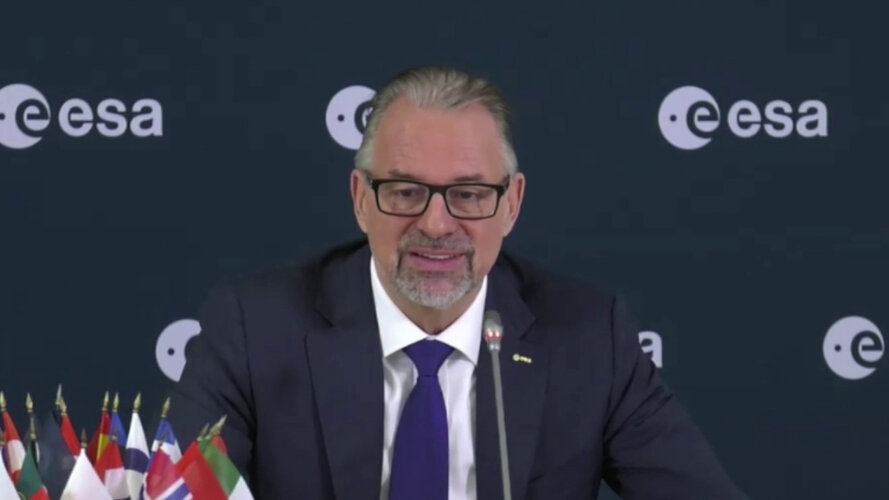 Video:
01:47:29
Video:
01:47:29
Exciting launches to the Moon and to the Red Planet, a second mission to the International Space Station for ESA astronaut Samantha Cristoforetti, the very first images provided by the James Webb Space Telescope, and a new class of European astronauts: 2022 looks very promising for European space!
Watch the replay of our annual press conference with ESA Director General Josef Aschbacher presenting the highlights for 2022. He is joined by ESA Directors and answers questions from journalists.
Europe narrows hunt for next astronauts, eyes crewed flights

The European Space Agency has narrowed down the candidate list for its next generation of astronauts, including dozens who have a physical disability.
The agency announced last year that it had received a record number of 22,589 applicants from people hoping to become the continent's next generation of space travelers.
ESA said Tuesday it has reduced these to fewer than 1,400—including 29 of whom have a physical disability—and hoped to cut the shortlist down to several tens of candidates by the end of the year for the four to six positions on its astronaut training program.
The agency's director-general, Josef Aschbacher, said the selection process would be accompanied by a feasibility study to determine the implications of choosing candidates with disabilities "but, yes, we are committed at ESA to open space to everyone."
ESA has for decades relied on its Russian and American counterparts to launch astronauts into space. Currently the agency has several places booked on American commercial launches.
But Aschbacher said Europe may finally get its own crewed spacecraft if ESA member states approve the idea at a meeting later this year.
Steady driving toward ExoMars launch
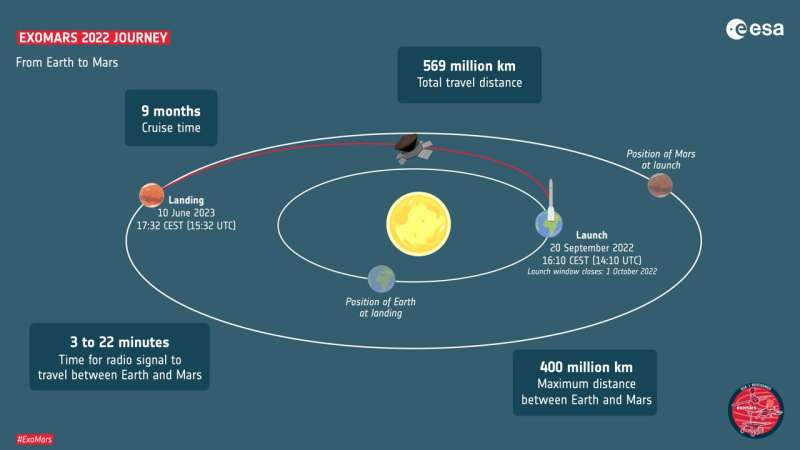
The first simulation of the ExoMars rover driving off its landing platform closed out an incredible year of preparations as the mission now marches with confidence towards a September launch.
ESA's Rosalind Franklin rover starts the year with months of successful maintenance and functional tests behind it. All its instruments are go for flight, with some minor tuning left to complete this month.
Ariane 6 central core reaches Europe’s Spaceport
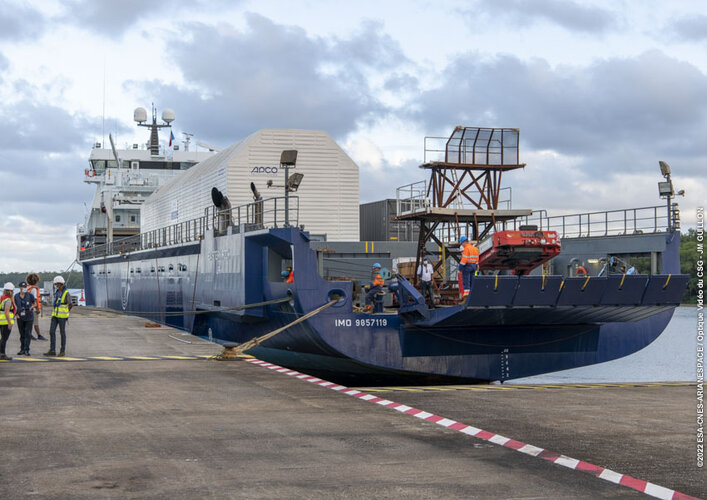
The central core of ESA’s new generation Ariane 6 launch vehicle has arrived in French Guiana from Europe. This enables combined tests at Europe’s Spaceport where Ariane 6 parts will come together on the launch pad for the first time.
First archaeological experiment in space
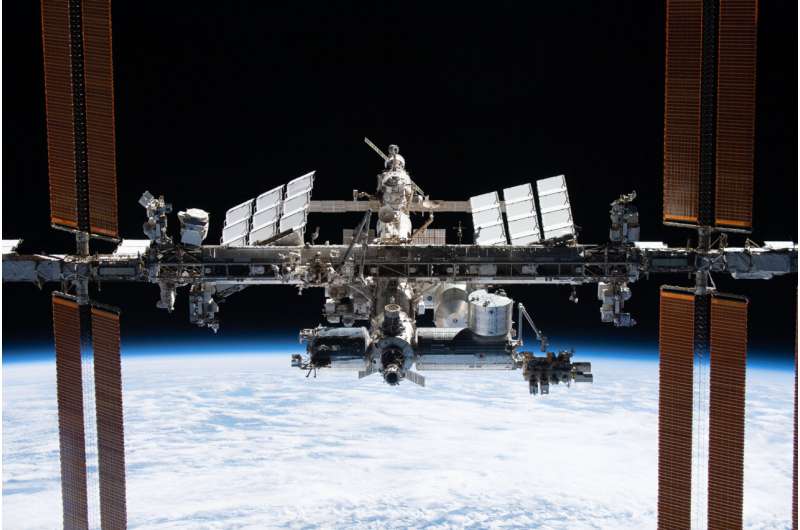
A world-first—or solar-system-first—archaeological project has this week begun on the International Space Station.
Led by archaeologists Associate Professor Alice Gorman from Flinders University and Associate Professor Justin Walsh of Chapman University in California, the International Space Station Archaeological Project (ISSAP) is the first archaeological study of a space habitat.
"We're the first to try to understand how humans relate to the items they live with in space," says Associate Professor Walsh.
"By bringing archaeological perspectives to an active space domain, we're the first to show how people adapt their behaviour to a completely new environment."
The team's first project, Sampling Quadrangle Assemblages Research Experiment, or SQuARE, has now launched, with an experiment that creatively imagines for space the most basic technique for sampling an archaeological site: the test pit.
While earth-bound archaeologists dig one-meter squares to understand a site and strategize further study, the ISSAP team will use adhesive tape to define one-meter areas of the International Space Station and then use daily photographs to study how the spaces are used.
"Instead of digging them to reveal new layers of soil representing different moments in the site's history, we will have them photographed each day to identify how they're being used and how they change over time," explains Associate Professor Gorman.
Astronaut selection: stage one complete
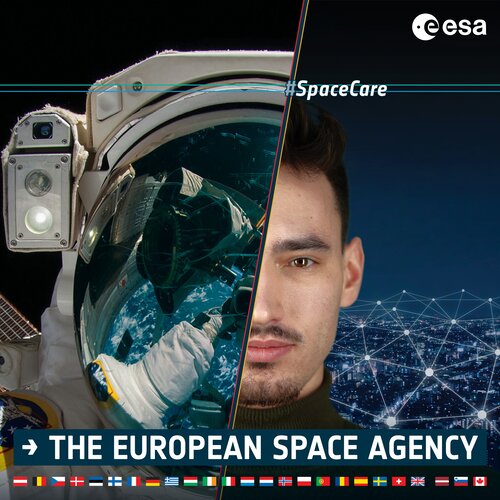
The next stage of ESA’s astronaut selection is underway, with around 1391 applicants invited to a full day of testing at a facility in Europe.
Hubble views a tranquil galaxy with an explosive past
 The lazily winding spiral arms of the spectacular galaxy NGC 976 fill the frame of this image from the NASA/ESA Hubble Space Telescope. This spiral galaxy lies around 150 million light-years from the Milky Way in the constellation Aries. Despite its tranquil appearance, NGC 976 has played host to one of the most violent astronomical phenomena known - a supernova explosion.
These cataclysmi
The lazily winding spiral arms of the spectacular galaxy NGC 976 fill the frame of this image from the NASA/ESA Hubble Space Telescope. This spiral galaxy lies around 150 million light-years from the Milky Way in the constellation Aries. Despite its tranquil appearance, NGC 976 has played host to one of the most violent astronomical phenomena known - a supernova explosion.
These cataclysmi Pebbles before mountains
 NASA's Mars 2020 mission team has been working methodically and thoroughly, making good progress on understanding the best path forward to remove the uninvited pebbles from Perseverance's bit carousel. Over the previous weekend, and earlier this week, operational sequences were developed and tested to remove these rocky interlopers.
With terrestrial experimentation complete, we have begun
NASA's Mars 2020 mission team has been working methodically and thoroughly, making good progress on understanding the best path forward to remove the uninvited pebbles from Perseverance's bit carousel. Over the previous weekend, and earlier this week, operational sequences were developed and tested to remove these rocky interlopers.
With terrestrial experimentation complete, we have begun Photon pairs are more sensitive to rotations than single photons
 In the field of quantum metrology, scientists are developing novel measurement schemes that benefit from quantum features and are more precise and sensitive than classical conventional methods. The team of researchers from Tampere University, Finland, and the National Research Council of Canada has now shown how a simple and powerful technique called two-photon N00N states can be used to create
In the field of quantum metrology, scientists are developing novel measurement schemes that benefit from quantum features and are more precise and sensitive than classical conventional methods. The team of researchers from Tampere University, Finland, and the National Research Council of Canada has now shown how a simple and powerful technique called two-photon N00N states can be used to create quub To Demonstrate Cybersecurity with Smallsat
 Scheduled to launch on a SpaceX Falcon 9 rocket on January 13, 2022, quub's pocketqube smallsat will serve as a proof of concept for the prevention of data hacks.
Data breaches cost millions of dollars every year. IBM's annual Data Breach Report indicates that the average worldwide cost per breach in 2020 was $3.86 million. In the U.S., the average cost per breach was $8.64 million.
Scheduled to launch on a SpaceX Falcon 9 rocket on January 13, 2022, quub's pocketqube smallsat will serve as a proof of concept for the prevention of data hacks.
Data breaches cost millions of dollars every year. IBM's annual Data Breach Report indicates that the average worldwide cost per breach in 2020 was $3.86 million. In the U.S., the average cost per breach was $8.64 million. 